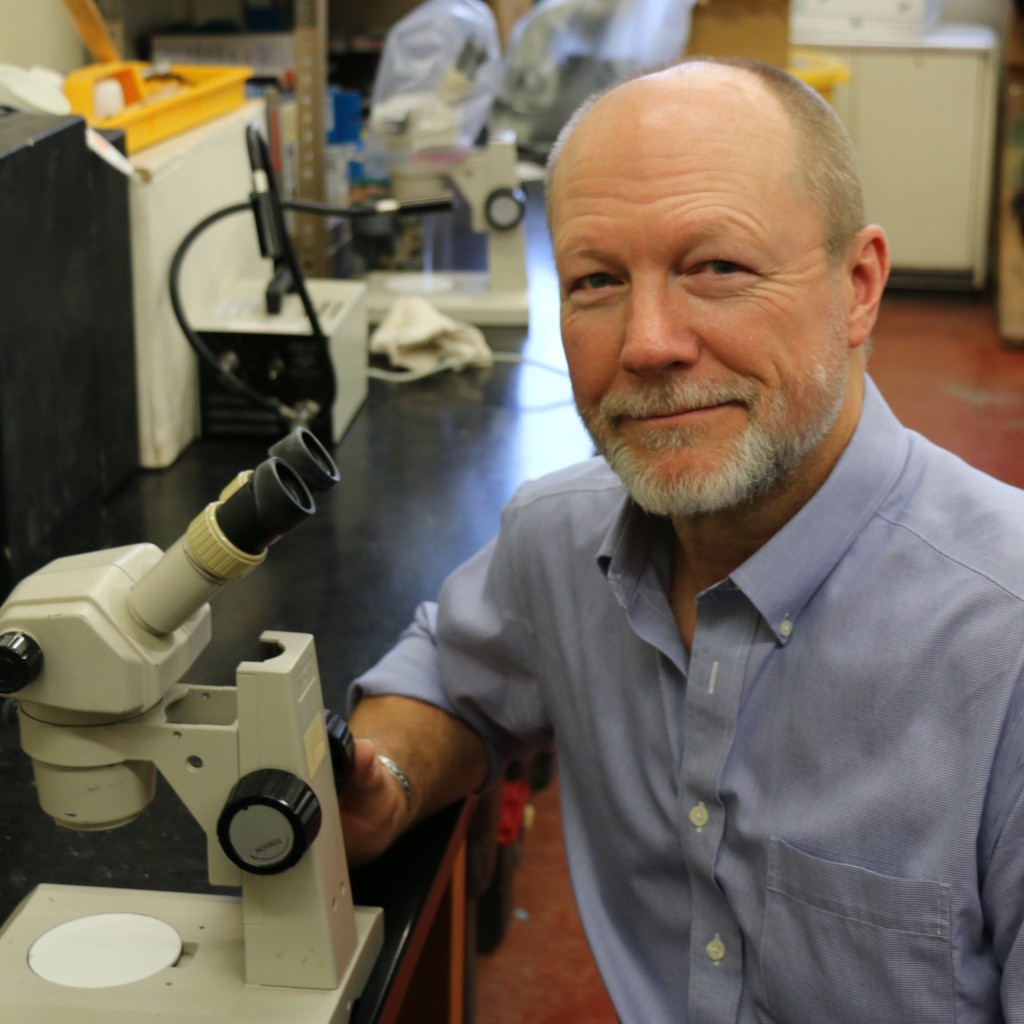By Stephen Shuster, professor of invertebrate zoology
This month marks Charles Darwin’s 207th birthday. Once again, it is an excellent occasion to celebrate Darwin’s remarkable insights about the biological world.
Modern biology is built on Darwin’s fundamental observations of how natural selection causes populations to change. Natural selection acts when individuals vary in their ability to produce offspring.
Accordingly, inheritable traits associated with reproductive success tend to increase in frequency, whereas traits associated with inferior reproduction are removed.
Evolution is described most simply as a change in the population frequencies of inheritable traits over time, and indeed, the great population geneticist, Theodosius Dobzhansky once said, “nothing in biology makes sense except in the light of evolution.” But if selection relentlessly removes individuals from populations, how is it possible for variation to persist in nature? Again, Darwin was the first to provide an answer (1874, p. 275).
Darwin noticed in certain crustaceans, “…there are two male forms that differ in the structure of their chelae, or claws. As either chela would certainly suffice to hold the female—for both are now used for this purpose—the two male forms probably originated by some having varied in one manner and some in another; both forms having derived certain special, but nearly equal advantages, from their differently shaped organs.”
Darwin extended this observation to also describe the plumage of ravens inhabiting the Feroe islands (p. 418), “We thus see that two distinct forms of the same species may coexist in the same district, and we cannot doubt that if one had possessed any advantage over the other, it would have been multiplied to the exclusion of the latter.”
Yet Darwin recognized the delicacy of this balance. He noted (p. 508) that in North American deer, the horn of a secondary morph, the spike-horn buck, “…consists of a single spike… and terminates in a very sharp point. Besides enabling him to run more swiftly through the thick woods, it is a more effective weapon than the common antler,” and as a result, the spike-horn was “slowly crowding the antlered deer from the region they inhabit.”
Darwin was correct about many things. His observation that differential survival and reproduction within natural populations leads to evolutionary change, is only one of his enduring contributions.
A fitting birthday gift to the great man is to honor his accomplishments, and invite others to rediscover through Darwin’s work, his colossal impact on how we understand our world.
References:
Darwin, C. 1874. The Descent of Man and Selection in Relation to Sex. 2d ed. John Murray, London.
Dobzhansky, T. 1973. Nothing in Biology makes sense except in the light of evolution. The American Biology Teacher 35: 125-129.



